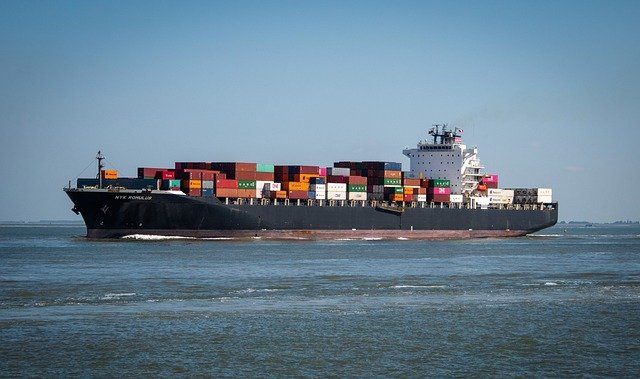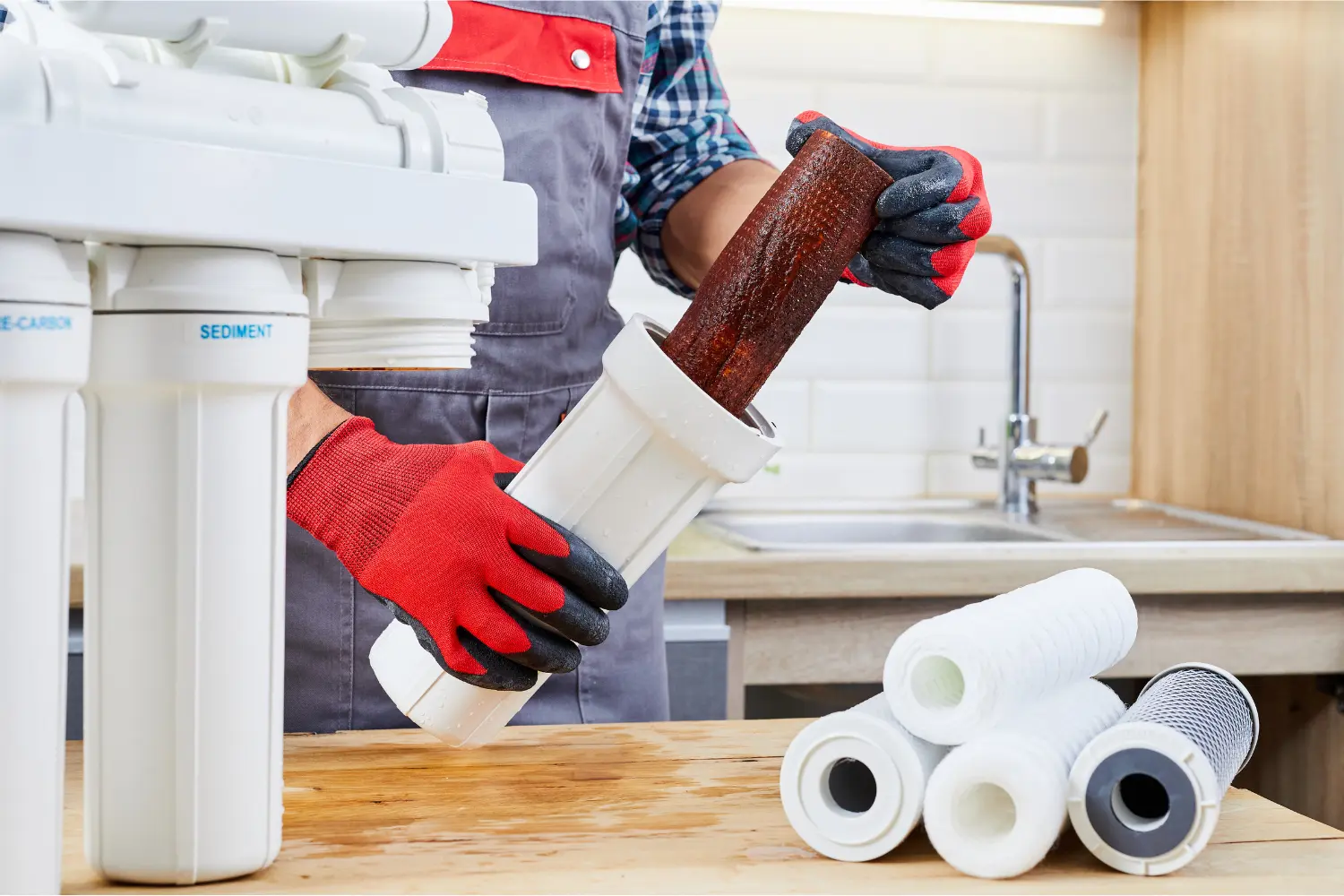Ships, whether large or small, are marvels of engineering that have evolved over centuries. They play a vital role in global trade, transport, military operations, and recreation. Understanding the key parts of a ship is essential for sailors, engineers, and enthusiasts alike. In this blog, we’ll break down the most important components of a ship, explaining their functions and significance.
1. Hull
The hull is the main body of the ship. It’s the structure that holds everything together and is designed to provide buoyancy, allowing the ship to float. The hull is responsible for withstanding the forces of the ocean and is often built with materials like steel or aluminum. It includes several parts:
- Bow: The front part of the hull that cuts through the water.
- Stern: The back of the hull where the propulsion system and rudder are located.
- Keel: A central structural element that runs along the bottom of the ship, providing stability.
2. Deck
The deck is the flat surface that covers the hull, where crew members work and walk. Most ships have multiple decks:
- Main deck: The topmost deck that provides access to most parts of the ship.
- Weather deck: Exposed to the elements, it’s often found above the main deck.
- Quarterdeck: The section at the stern used for ceremonies or specific operations.
3. Bridge
The bridge is the command center of the ship where the captain and officers control its movements. From here, navigation, communication, and ship management take place. Equipped with high-tech systems and instruments like radar, GPS, and sonar, the bridge is critical for safe sailing.
4. Mast
The mast is a tall vertical structure rising from the deck, traditionally used to support sails in sailing ships. In modern vessels, the mast holds communication and navigation equipment such as radar antennas and lights.
5. Propulsion System
The propulsion system is what moves the ship forward. It includes:
- Engine: Modern ships use diesel or gas turbine engines to generate power.
- Propeller: A rotating device powered by the engine that pushes the ship through the water.
- Shaft: Connects the engine to the propeller, transferring mechanical power.
6. Rudder
The rudder is a flat piece of metal attached to the stern that controls the ship’s direction. It works in conjunction with the steering system to turn the ship to the left or right (port or starboard). The rudder’s movement is guided from the bridge using the helm (the ship’s steering wheel).
7. Cargo Hold
The cargo hold is the storage area where goods are placed for transport. Found in commercial ships, it’s usually located below the main deck and can be divided into multiple compartments to hold different types of cargo. Tankers, container ships, and bulk carriers all have specialized cargo holds.
8. Anchor
An anchor is a heavy object dropped to the seabed to keep the ship stationary. The anchor is connected to the ship by a strong chain or cable. Ships use anchors when docking or in emergency situations to prevent drifting in open waters.
9. Lifeboats
Safety is a priority at sea, and lifeboats are crucial for emergencies. Located on the deck or sides of the ship, lifeboats are small, self-contained vessels designed to carry passengers and crew to safety if the ship is in danger of sinking.
10. Funnels
Funnels, or smokestacks, are found on most ships to release exhaust gases from the engine. These are located above deck and help direct exhaust away from the ship to maintain air quality for passengers and crew.
11.Superstructure
The superstructure is the part of the ship that extends above the main deck. It includes the bridge, living quarters, and any other structures that are above the hull. On passenger ships, the superstructure houses amenities such as dining areas, cabins, and observation decks. It’s essential for protecting crew and passengers from the weather and providing operational space for various activities.
12. Bilge
The bilge is the lowest part of the ship’s hull, located beneath the engine room. It collects water that has entered the ship due to rain, waves, or internal leaks. Ships are equipped with bilge pumps that remove this water to maintain balance and prevent flooding. Keeping the bilge dry is crucial for the ship’s stability and safety.
These additional components further illustrate the complexity and functionality of modern ships, each contributing to the vessel’s safety, operation, and overall performance at sea.
Conclusion
Understanding the parts of a ship helps to appreciate the complexity and efficiency of these impressive vessels. Whether for transporting goods across oceans or leisurely cruising, every part of a ship plays a vital role in ensuring its safe and efficient operation. Knowing these components can also provide insight into the fascinating world of maritime engineering and navigation.












Leave a Reply